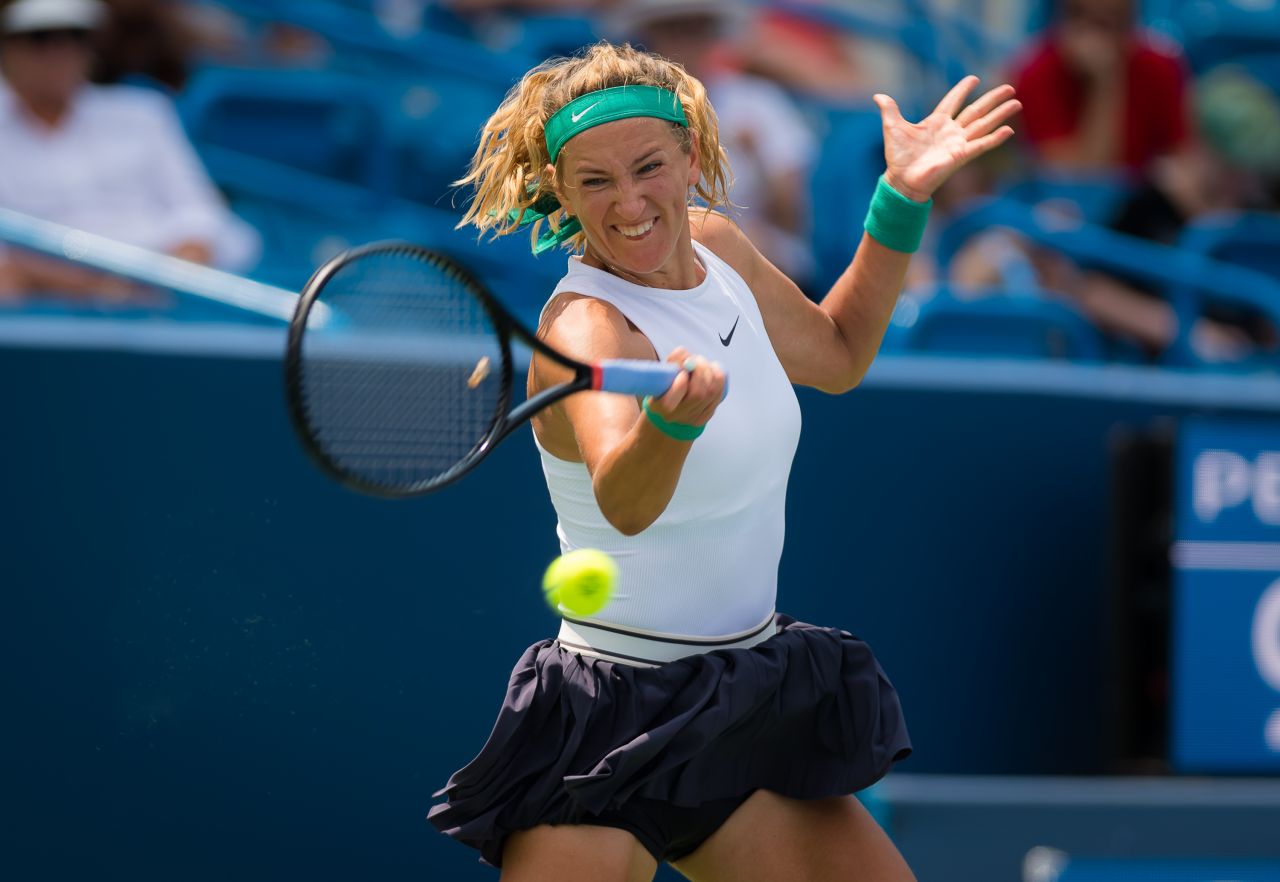2018 Open 13
NOTE: All the numbers on this page are for the 2017-2018 House election cycle and based on Federal Election Commission data available electronically on March 06, 2019. The numbers don't add up.' ) WHY DON'T THE NUMBERS ADD UP? Sometimes it's hard to make apple-to-apple comparisons across some of the pages in a candidate's profile. European Innovation Council (EIC) WP 2018-20. General annexes to the Work Programme 2018-2020. Legal basis: Horizon 2020 Regulation of Establishment Legal basis: Horizon 2020 Rules for Participation Legal basis: Horizon 2020 Specific Programme. Open access must be granted to all scientific publications resulting from Horizon 2020 actions.

NOTES
This workout begins with the athlete standing on the floor under the pull-up bar. After the call of “3, 2, 1… go,” the athlete may jump up and perform toes-to-bars. After 8 reps are complete, the athlete will move to the dumbbell for hang clean and jerks. The athlete must complete 5 clean and jerks on one arm, then 5 on the other arm. He or she will then move to the rower and pull 14 calories (12 for women). The monitor must read 14 calories (12 for women) before the athlete can unstrap and move to the pull-up bar for the next round.
The athlete’s score will be the total number of repetitions completed within the 20-minute time cap. Each calorie completed on the row will be equal to 1 rep.
2018 Open Range 2504bh
EQUIPMENT
• Pull-up bar
• Dumbbell of appropriate weight for your division*†
• Rower that counts calories, similar in type and calibration to a Concept2 rower
* If you are using adjustable dumbbells, the largest plates allowed are standard-sized 10-lb. (5 kg) metal change plates (9 inches in diameter). When the dumbbell is at rest, the bottom of the handle cannot be more than 4 inches off the ground. Any athlete using an unconventional or unmarked dumbbell will need to confirm the weight of the dumbbell on a scale and clearly show the height of the handle with a ruler or measuring tape in his or her video submission. Kettlebells, fat bells or other non-traditional dumbbells are not allowed.
† The official weight is in pounds. For your convenience, the minimum acceptable weights in kilograms are 22.5 kg (50 lb.), 15 kg (35 lb.), 10 kg (20 lb.) and 5 kg (10 lb.).
For each workout, be sure the athlete has adequate space to safely complete all the movements. Clear the area of all extra equipment, people or other obstructions.
Any athlete who in any way alters the equipment or movements described in this document or shown in the workout standards video may be disqualified from the competition.
VIDEO SUBMISSION STANDARDS
Prior to starting, film the dumbbell to be used so the weight and plate size can be seen clearly. All video submissions should be uncut and unedited in order to accurately display the performance. A clock or timer, with the running workout time clearly visible, should be in the frame throughout the entire workout. Shoot the video from an angle so all exercises can be clearly seen meeting the movement standards. Videos shot with a fisheye lens or similar lens may be rejected due to the visual distortion these lenses cause.

Specifies the Excel (.xlsx) Extensions to the Office OpenXML SpreadsheetML File Format, which are extensions to the Office Open XML fileformats as described in [ISO/IEC-29500-1]. The extensions are specified usingconventions provided by the Office Open XML file formats as described in[ISO/IEC-29500-3].
This page and associated content may beupdated frequently. We recommend you subscribe to the RSSfeed to receive update notifications.
Published Version
Date | Protocol Revision | Revision Class | Downloads |
|---|---|---|---|
10/15/2020 | 20.0 | Major | PDF DOCX |
Previous Versions
Date | Protocol Revision | Revision Class | Downloads |
|---|---|---|---|
2/19/2020 | 19.0 | Major | PDF DOCX |
11/19/2019 | 18.0 | Major | PDF DOCX |
3/19/2019 | 17.1 | Minor | PDF DOCX |
1/11/2019 | 17.0 | Major | PDF DOCX |
12/11/2018 | 16.0 | Major | PDF DOCX |
10/10/2018 | 15.0 | Major | PDF DOCX |
8/28/2018 | 14.0 | Major | PDF DOCX |
8/1/2018 | 13.0 | Major | PDF DOCX |
6/8/2018 | 12.0 | Major | PDF DOCX |
5/9/2018 | 11.0 | Major | PDF DOCX |
4/27/2018 | 10.0 | Major | PDF DOCX |
12/12/2017 | 9.0 | Major | PDF DOCX |
6/20/2017 | 8.0 | None | PDF DOCX |
1/18/2017 | 8.0 | Major | PDF DOCX |
11/14/2016 | 7.1 | None | PDF DOCX |
9/29/2016 | 7.1 | Minor | PDF DOCX |
9/4/2015 | 7.0 | Major | PDF DOCX |
3/16/2015 | 6.0 | Major | PDF DOCX |
10/30/2014 | 5.1 | Minor | PDF DOCX |
7/31/2014 | 5.0 | Major | PDF DOCX |
4/30/2014 | 4.3 | Minor | PDF DOCX |
2/10/2014 | 4.2 | None | PDF DOCX |
11/18/2013 | 4.2 | Minor | PDF DOCX |
7/30/2013 | 4.1 | None | PDF DOCX |
2/11/2013 | 4.1 | Minor | PDF DOCX |
10/8/2012 | 4.0 | Major | |
7/16/2012 | 3.0 | Major | |
4/11/2012 | 2.0 | None | |
1/20/2012 | 2.0 | Major | |
6/10/2011 | 1.5 | None | |
3/18/2011 | 1.5 | Minor | |
12/17/2010 | 1.04 | None | |
11/15/2010 | 1.04 | None | |
9/27/2010 | 1.04 | None | |
7/23/2010 | 1.04 | None | |
6/29/2010 | 1.04 | Editorial | |
6/7/2010 | 1.03 | Editorial | |
4/30/2010 | 1.02 | Editorial | |
3/31/2010 | 1.01 | Editorial | |
2/19/2010 | 1.0 | Major | |
11/6/2009 | 0.3 | Editorial | |
8/28/2009 | 0.2 | Editorial | |
7/13/2009 | 0.1 | Major |
2018 Open Range Rt
Preview Versions
From time to time, Microsoft maypublish a preview, or pre-release, version of an Open Specifications technicaldocument for community review and feedback. To submit feedback for a previewversion of a technical document, please follow any instructions specified forthat document. If no instructions are indicated for the document, pleaseprovide feedback by using the Open Specification Forums.

The preview period for a technical document varies.Additionally, not every technical document will be published for preview.
A preview version of this document may beavailable on the Word,Excel, and PowerPoint Standards Support page. After the previewperiod, the most current version of the document is available on this page.
Development Resources
Findresources for creating interoperable solutions for Microsoft software,services, hardware, and non-Microsoft products:
Plugfestsand Events, Test Tools,DevelopmentSupport, and Open SpecificationsDev Center.
Intellectual Property Rights Notice for Open Specifications Documentation

Technical Documentation. Microsoft publishes OpenSpecifications documentation (“this documentation”) for protocols, fileformats, data portability, computer languages, and standards support.Additionally, overview documents cover inter-protocol relationships andinteractions.
Copyrights. This documentation is covered by Microsoftcopyrights. Regardless of any other terms that are contained in the terms ofuse for the Microsoft website that hosts this documentation, you can makecopies of it in order to develop implementations of the technologies that aredescribed in this documentation and can distribute portions of it in yourimplementations that use these technologies or in your documentation asnecessary to properly document the implementation. You can also distribute inyour implementation, with or without modification, any schemas, IDLs, or codesamples that are included in the documentation. This permission also applies toany documents that are referenced in the Open Specifications documentation.
No Trade Secrets. Microsoft does not claim any tradesecret rights in this documentation.
Patents. Microsoft has patents that might cover yourimplementations of the technologies described in the Open Specificationsdocumentation. Neither this notice nor Microsoft's delivery of thisdocumentation grants any licenses under those patents or any other Microsoftpatents. However, a given Open Specifications document might be covered by theMicrosoft Open SpecificationsPromise or the Microsoft CommunityPromise. If you would prefer a written license, or if thetechnologies described in this documentation are not covered by the OpenSpecifications Promise or Community Promise, as applicable, patent licenses areavailable by contacting iplg@microsoft.com.
License Programs. To see all of the protocols in scopeunder a specific license program and the associated patents, visit the Patent Map.
Trademarks. The names of companies and products containedin this documentation might be covered by trademarks or similar intellectualproperty rights. This notice does not grant any licenses under those rights.For a list of Microsoft trademarks, visit www.microsoft.com/trademarks.
Fictitious Names. The example companies, organizations,products, domain names, email addresses, logos, people, places, and events thatare depicted in this documentation are fictitious. No association with any realcompany, organization, product, domain name, email address, logo, person,place, or event is intended or should be inferred.
Reservation of Rights. All otherrights are reserved, and this notice does not grant any rights other than asspecifically described above, whether by implication, estoppel, or otherwise.
Tools.The Open Specifications documentation does not require the use of Microsoftprogramming tools or programming environments in order for you to develop animplementation. If you have access to Microsoft programming tools andenvironments, you are free to take advantage of them. Certain OpenSpecifications documents are intended for use in conjunction with publiclyavailable standards specifications and network programming art and, as such,assume that the reader either is familiar with the aforementioned material orhas immediate access to it.
Support.For questions and support, please contact dochelp@microsoft.com.



